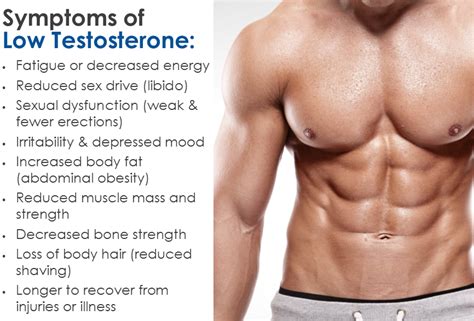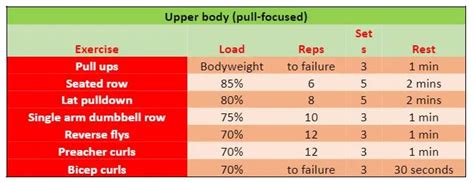Optimize workout split for peak strength, muscle, and recovery?

Designing an effective workout split is a cornerstone of any successful fitness regimen. It’s not just about what exercises you do, but how you organize them across your training week to maximize your efforts, facilitate muscle growth, enhance strength, and crucially, allow for optimal recovery. A poorly structured split can lead to overtraining, plateaus, or missed gains, while a well-thought-out plan can unlock your full potential.
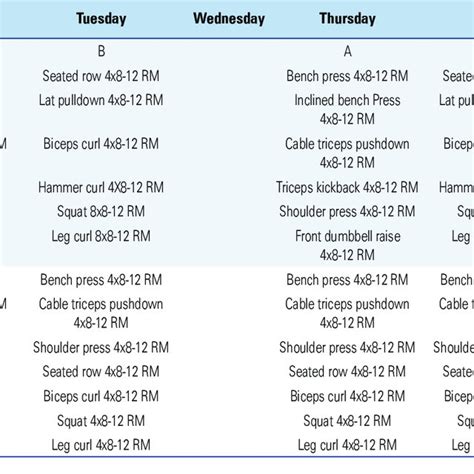
Understanding Workout Split Fundamentals
A workout split refers to how you divide your training sessions throughout the week, allocating specific muscle groups or movement patterns to particular days. The optimal split depends on several factors:
- Your Goals: Are you primarily focused on strength, hypertrophy (muscle growth), endurance, or a combination?
- Experience Level: Beginners often thrive on full-body routines, while advanced lifters might benefit from more specific splits.
- Training Frequency: How many days per week can you realistically commit to training?
- Recovery Capacity: Your sleep, nutrition, and stress levels significantly impact your ability to recover.
Popular Workout Split Methodologies
Several tried-and-true workout splits exist, each with its own advantages:
Full Body Split
Description: Training all major muscle groups in each session, typically 2-3 times per week. Great for beginners, high frequency per muscle group.
Pros: High frequency, excellent for skill acquisition, promotes balanced development, efficient for limited training days.
Cons: Lower volume per muscle group per session, can be very demanding.
Upper/Lower Split
Description: Dividing workouts into upper body days and lower body days, usually 4 days per week (e.g., Upper, Lower, Upper, Lower).
Pros: Allows for higher volume per session for each area, good frequency (twice a week), balances effort.
Cons: Still requires significant energy for each session, less rest for specific muscle groups than a body-part split.
Push/Pull/Legs (PPL) Split
Description: Categorizing exercises by movement pattern: Push (chest, shoulders, triceps), Pull (back, biceps), and Legs (quads, hamstrings, glutes, calves). Often done 3 or 6 days a week.
Pros: Excellent for hitting muscle groups twice a week (when run 6 days), logical grouping of movements, allows for high volume per session.
Cons: A 6-day schedule is demanding, a 3-day schedule might lack sufficient frequency for advanced lifters.
Body Part (Bro) Split
Description: Dedicated days for specific muscle groups (e.g., Chest on Monday, Back on Tuesday, etc.). Typically 4-5 days a week.
Pros: Allows for very high volume for a single muscle group, psychological benefit of focusing intensely on one area, more rest for individual muscle groups between sessions.
Cons: Low frequency per muscle group (once a week), potentially less optimal for strength gains and overall recovery for some individuals.

Tailoring Your Split for Peak Strength
To maximize strength, your split should prioritize compound movements, progressive overload, and sufficient recovery between sessions for specific lifts. A higher frequency (2-3 times per week) for key strength movements like squats, deadlifts, and bench presses tends to be more effective than training them just once weekly.
- Focus: Heavy compound lifts (squat, bench, deadlift, overhead press, rows).
- Volume: Moderate to high, with lower rep ranges (1-6 reps) for main lifts.
- Frequency: Hitting major muscle groups and movement patterns 2-3 times per week.
- Recovery: Ensure 48-72 hours of recovery for major muscle groups/movement patterns between intense sessions.
Splits like Upper/Lower or PPL (run twice a week) are excellent for strength, as they allow for adequate frequency and volume.
Maximizing Muscle Growth (Hypertrophy)
For muscle growth, a blend of volume, intensity, and frequency is key. While high volume for a single muscle group works, research suggests hitting muscles at least twice a week can be superior for hypertrophy.
- Focus: A mix of compound and isolation exercises.
- Volume: Moderate to high, with rep ranges typically 6-12 reps.
- Frequency: Hitting each major muscle group 2-3 times per week.
- Time Under Tension: Focus on controlled movements, eccentric phase.
PPL (6 days a week), Upper/Lower, or even a well-designed Body Part split with proper exercise selection can be effective for hypertrophy.

Prioritizing Effective Recovery
Recovery is where gains are truly made. Without adequate rest, your muscles can’t repair and grow, and your nervous system can become fatigued. Your split should build in enough rest days or active recovery periods.
- Sleep: Aim for 7-9 hours of quality sleep nightly.
- Nutrition: Adequate protein, carbohydrates, and healthy fats are crucial for muscle repair and energy.
- Hydration: Essential for all bodily functions, including recovery.
- Deload Weeks: Periodically reduce volume and intensity to allow your body to fully recover and resensitize to training.
- Listen to Your Body: Don’t be afraid to take an extra rest day or modify a workout if you feel overly fatigued or experience persistent pain.
A common mistake is thinking more is always better. Often, optimizing recovery through intelligent split design and lifestyle choices leads to greater progress.
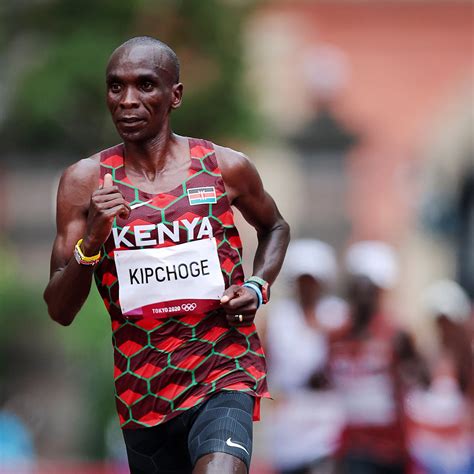
Finding Your Optimal Split: A Personalized Approach
There’s no single ‘best’ workout split for everyone. Your optimal split will evolve with your goals, experience, and lifestyle. The key is to:
- Experiment: Try different splits for 6-12 weeks to see how your body responds.
- Track Progress: Log your workouts, strength gains, and body composition changes.
- Be Flexible: Life happens. Be prepared to adjust your split when work, travel, or personal commitments interfere.
- Consult a Professional: If unsure, a qualified coach can help design a tailored program.
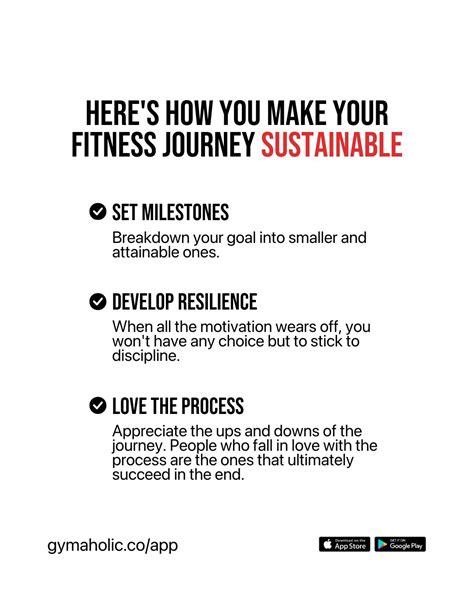
Conclusion
Optimizing your workout split is a dynamic process that requires self-awareness, consistency, and a willingness to adapt. By understanding the principles of strength, hypertrophy, and recovery, and carefully considering your personal circumstances, you can design a training regimen that not only maximizes your results but also sustains your progress and passion for fitness long-term. Choose a split that excites you, challenge yourself, and always prioritize recovery for peak performance.



